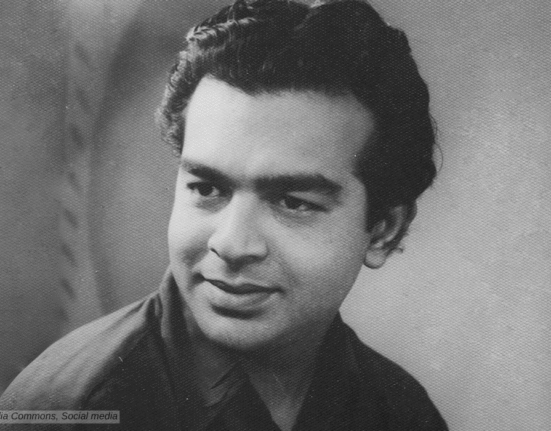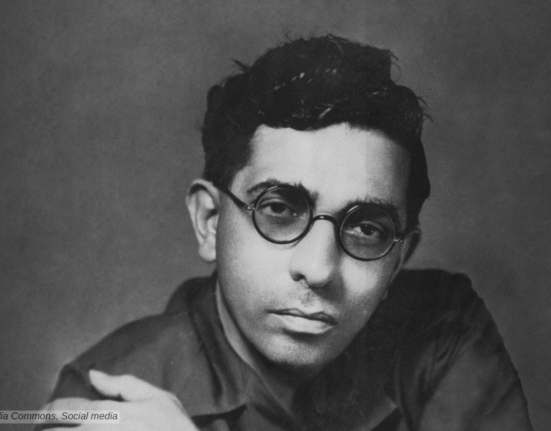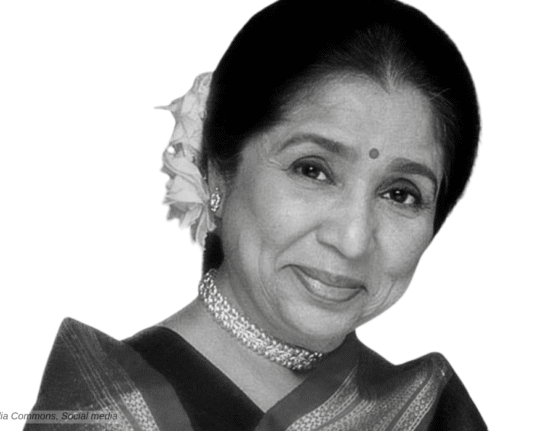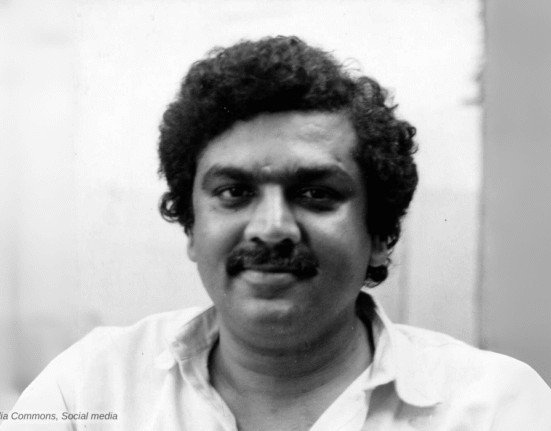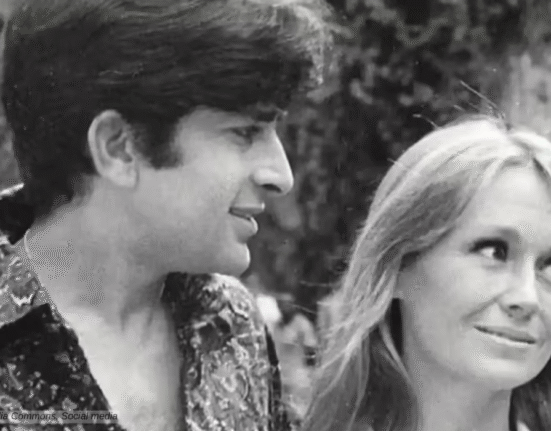One of the most accomplished cinematographers, RD Mathur, is known for his groundbreaking work in classics like Mughal-E-Azam & Pakeezah
It’s been over six decades since Mughal-e-Azam was released, but it remains one of the most talked-about films of all time. We often talked about its music, sets, costumes, story dialogues, performances, K. Asif’s passion, or even the personal relationships of the people involved. Although a few technical things remain underrepresented, like its editing and, above all, the brilliant cinematography by the legendary “R. D. Mathur.”
The film’s visual storytelling is a testament to Mathur’s innovative techniques and his ability to create images that are both grand and intimate. One of the most iconic sequences in the film is the Sheesh Mahal scene, where the reflection of light and mirrors creates a mesmerizing effect, amplifying the emotional intensity of the scene. This particular sequence showcases Mathur’s skill in using light to enhance the narrative, creating a visual spectacle that complements the film’s dramatic core. On his death anniversary, Tasweermahal is remembering his life and work.
Early Life
RD Mathur was born on January 9, 1915, in Delhi. His journey into the world of cinematography began after obtaining a B.Sc. degree from St. Stephen’s College, Delhi, in 1934. With a passion for photography instilled by his father, Mathur ventured to the New York Institute of Photography. During his stay in America, He worked with renowned studios such as MGM and Fox Studios. The experience provided him with a wealth of practical training that would serve him well upon his return to India.
The Journey of RD Mathur
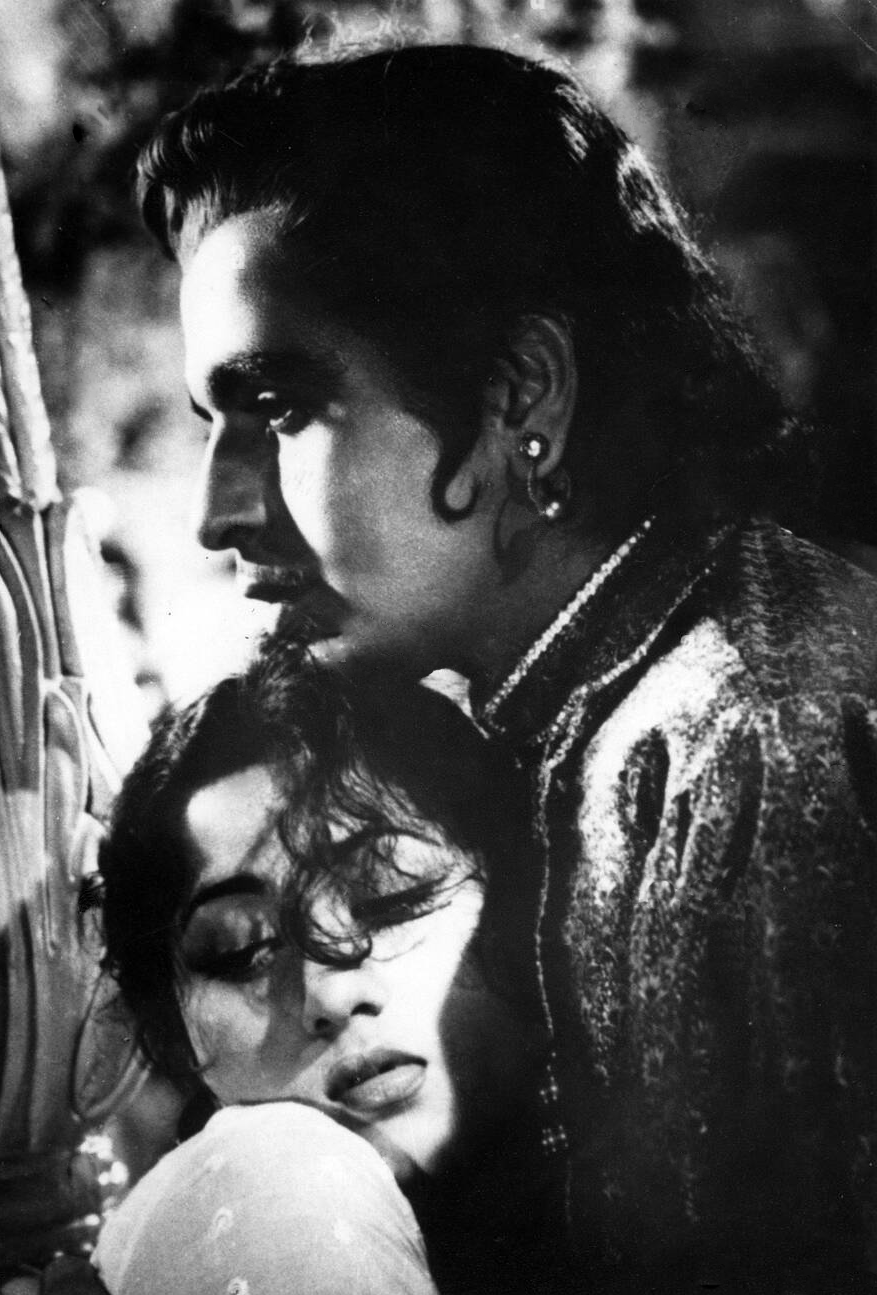
Mathur’s career in Indian cinema commenced with Bombay Talkies’ film Bhabhi (1938) as an assistant to legendary cinematographer Joseph Wirsching. Her first film as an independent cinematographer was “Anjaan” in 1941, which starred Devika Rani and Ashok Kumar. He quickly became known for his exceptional ability to capture the essence of the actresses he filmed in films like “Basant (1942),” “Gajre (1948),” and “Madhosh (1951).”
Mathur’s technical prowess was evident in his ability to handle both grandiose, big-budget productions and more intimate, small-scale films. He was also an able director, which added depth to his understanding of the scene’s emotional requirements.
Mathur made his directorial debut with “Gajre,” starring Suraiya and Moti Lal, in 1948. His second film was Maghroor (1950) starring Meena Kumari, Jairaj, and Nigar Sultana. 1953, he directed Aaghosh, starring Nasir Khan, Nutan, and Shakila.
Mughal-e-Azam
One of Mathur’s most significant contributions was his role in the transition from black-and-white to color films in India. Mathur’s most celebrated work remains Mughal-e-Azam (1960), where he uses the deep-focus photography to great effect. The technique allowed for all elements within the frame, from the foreground to the background, to be in sharp focus. He used it spectacularly in the battle scenes, where the vastness of the armies making them larger then life. He also captured the elaborate set designs in their full glory and grand detail. The depth and scale provided by this method added a layer of realism to the film, drawing the audience into the grandeur of the Mughal courts.
The transition from black and white to colour in the film was a bold move that Mathur executed with precision. The colorization process in the later re-release of ‘Mughal-e-Azam’ was a tribute to the original work, although it sparked debates about the authenticity of such enhancements. Despite the controversy, the colourized version brought a new dimension to Mathur’s work, allowing a new generation to experience the classic in a different light.
RD Mathur’s cinematography in ‘Mughal-e-Azam’ is not just about the grand sets and the elaborate costumes; it’s about the subtle interplay of light and shadow, the framing of each shot that tells a story, and the movement of the camera that follows the emotional beats of the narrative. It is a masterclass in visual storytelling that continues to inspire filmmakers and cinematographers around the world.
Other Gems of RD Mathur
Mathur’s next film was another masterpiece, H. S. Rawail’s “Sunghursh” (1968), adapted from Mahasweta Devi’s Bengali novel “Layli Asmaner Ayna,” which was entirely shot in color and is an example of Mathur’s ability to transport viewers to the film’s set and make them part of the experience.
One more noteworthy work of RD Mathur was “Pakeezah (1972), which was incomplete when Josef Wirsching died in 1967. A team of cinematographers helped Kamal Amrohi complete the film, which includes Mathur. It was his dedication to his craft; you will not find a single shot that stuck out or broke the seamless visual experience.

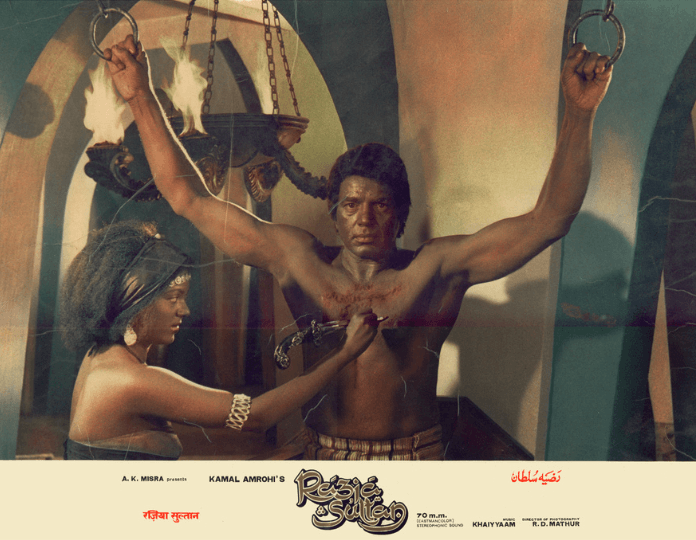
Kamal Amrohi retained Mathur for his next “Razia Sultan,” another historical epic. The film, although not very successful, is a visual masterpiece, with each frame meticulously thought out and crafted with precision.
Later Career
Mathur was also part of the dream project of K. Asif, “Love and God,” which he started right after Mughal-e-Azam with Gurudutt and Nimmi, but the film got delayed after the death of Gurudutt. Sanjeev Kumar was cast in his place, but K. Asif himself died before the completion of the film. Love and God was eventually released as an unfinished film by K. Asif’s widow, “Akhtar Asif,” the youngest sister of Dilip Kumar.
Besides K. Asif and Kamal Amrohi, Mathur worked with filmmaker Sultan Ahmad in films like Heera (1973), Ganga Ki Saugand (1978), Dharam Kanta (1982), and Daata (1989), after which he retired from the film industry.
RD Mathur passed away in Delhi on April 26, 2001. His legacy lives on through the timeless imagery of ‘Mughal-e-Azam’, a true masterpiece of Indian cinema. His work on the film is a reminder of the power of the visual medium and its ability to transport audiences to another time and place, making them witnesses to the majesty of the Mughal Empire.
RD Mathur on IMDB




